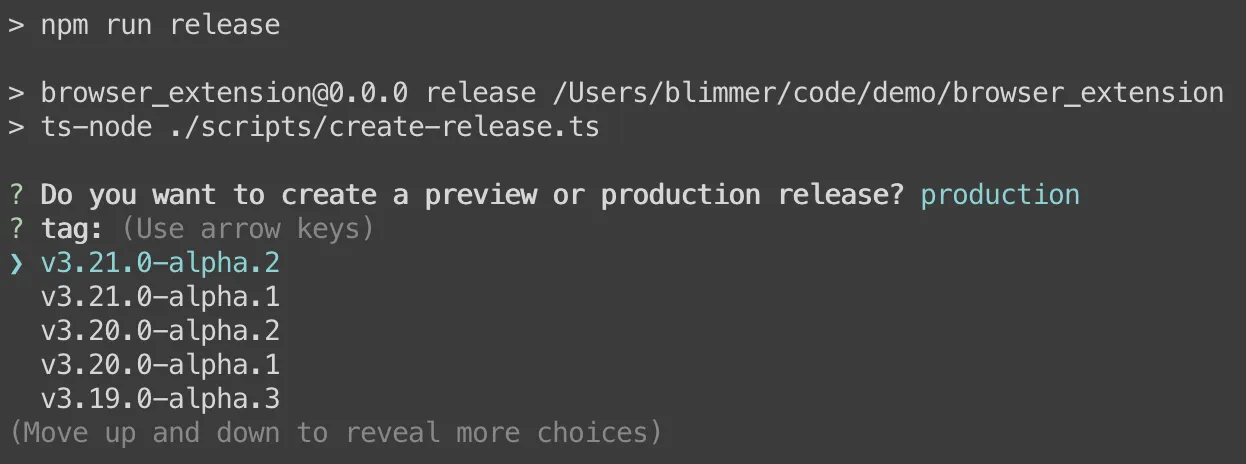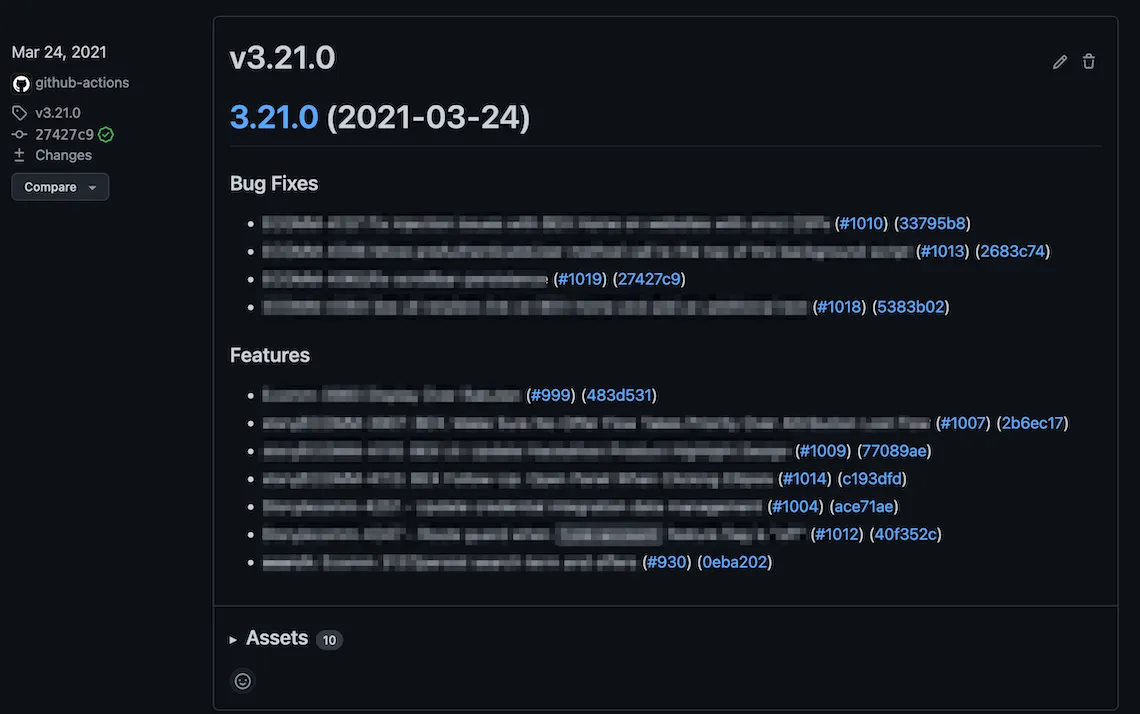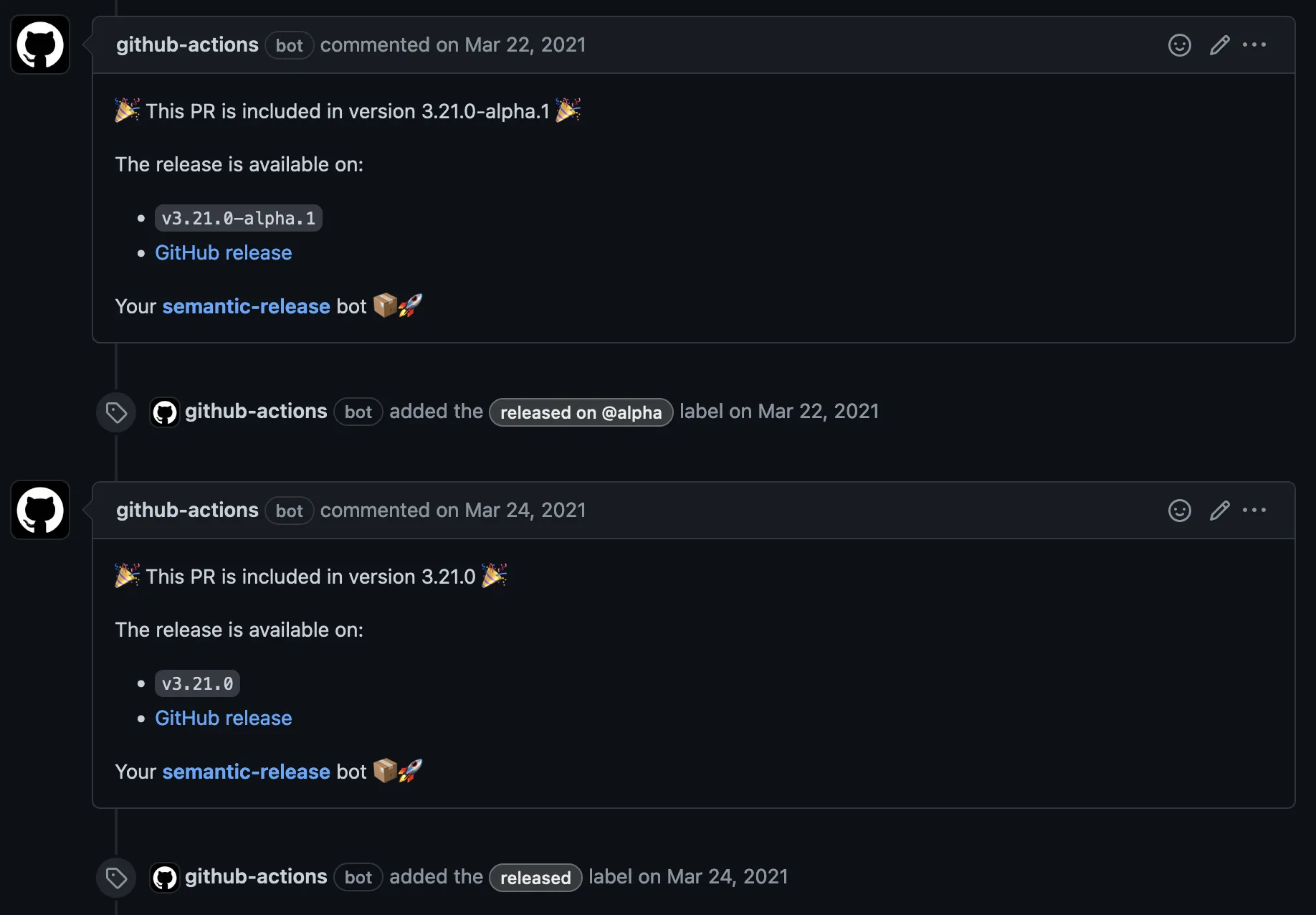Browser Extension Automated Release Platform
Browser Extensions are great tools but can be painful to build and deploy across the various hosting providers, like the Google Chrome Webstore, Firefox Add-On Hub, Apple App Store, and Edge Add-On Store.
In 2021, I worked with a client with a rapidly growing Browser Extension development team and user base. Their previous workflow had a few problems I was tasked with solving.
-
Developers built release assets on their machines. Getting set up to build release assets required a lot of manual configuration. It also introduced subtle, difficult-to-debug differences in the release assets depending on who ran the release.
-
The client had a restricted extension listing (referred to as “preview”) shared with internal users and trusted user testers. Publishing the preview extension was time-consuming, so they weren’t publishing new versions as often as they wanted to. Also, there was no easy way to release a known-good, tested preview version to production.
-
Each developer needed the IT team to grant access to all the hosting providers. With a rapidly growing team, this prevented new engineers from uploading new releases. Also, many of the hosting providers don’t support SAML authentication, so it created more manual tasks for the IT team to revoke access when an engineer left the company.
-
Since each hosting provider’s UI is different, the client had to create complex documentation for uploading, configuring, and promoting releases for each provider. Using the UI also increased the likelihood of user error when releasing.
Automated Release Platform
To solve these issues, I implemented an Automated Release Platform driven by Semantic Release and GitHub actions.
Semantic Versioning
Since browser extensions have a user-visible version number, we wanted to automatically determine the appropriate next
semantic version based on the contents of the release. To accomplish this, I leveraged the
@semantic-release/commit-analyzer and
Conventional Commits to generate the proper next release
automatically. For example, if every commit in a given release started with the fix: prefix, the next release would
increment the bugfix version number.
Since the team already used the Squash & Merge GitHub merge option, I added a GitHub action to validate that PR titles conform to the Conventional Commits standard. Then, during release, each PR corresponds to a single commit and is used to determine the next version number.
Creating a Release
To create a release, developers run an interactive NPM script. The script integrates all changes on the default main
branch for preview releases.
Then, the script asks which tested preview version should be promoted to the release for production releases.

This behavior ensures that a well-tested preview version is distributed to end-users.
Release Notes
Another benefit of using Conventional Commits is that categorized release notes are automatically generated and attached to a GitHub Release at release time. These release notes make it easy for stakeholders to see what changes have gone out with any given release.

Additionally, each pull request automatically is labeled and commented on when it’s included in a release. This way, developers know when their changes have been released.


Submission to Hosting Providers
After a developer creates a release, GitHub actions automatically submit the release assets to each hosting provider. The variances between each hosting provider are contained to the GitHub action workflow, removing the error-prone manual steps required to release via the UI.
Also, by using GitHub actions to build and release the extension, individual users no longer need direct access to the hosting providers. Instead, access is granted via secure API tokens encrypted and stored with GitHub.
Automated Release Platform Results
The Automated Release Platform has reduced the time it takes for my client to release their browser extension by over 90%. On average, they now release six preview versions before publishing a release version to all users. Being able to quickly release preview versions for testing has significantly improved stability for end-users.
In addition, new team members can confidently release the extension during their first week of contributing code. The Automated Release Platform has democratized the release process and significantly simplified their on-call release duties.
Freelance Services
Are you interested in leveling up your browser extension release process? I’d love to help!
Get in Touch
Interested in working together? Let's connect.
Contact me